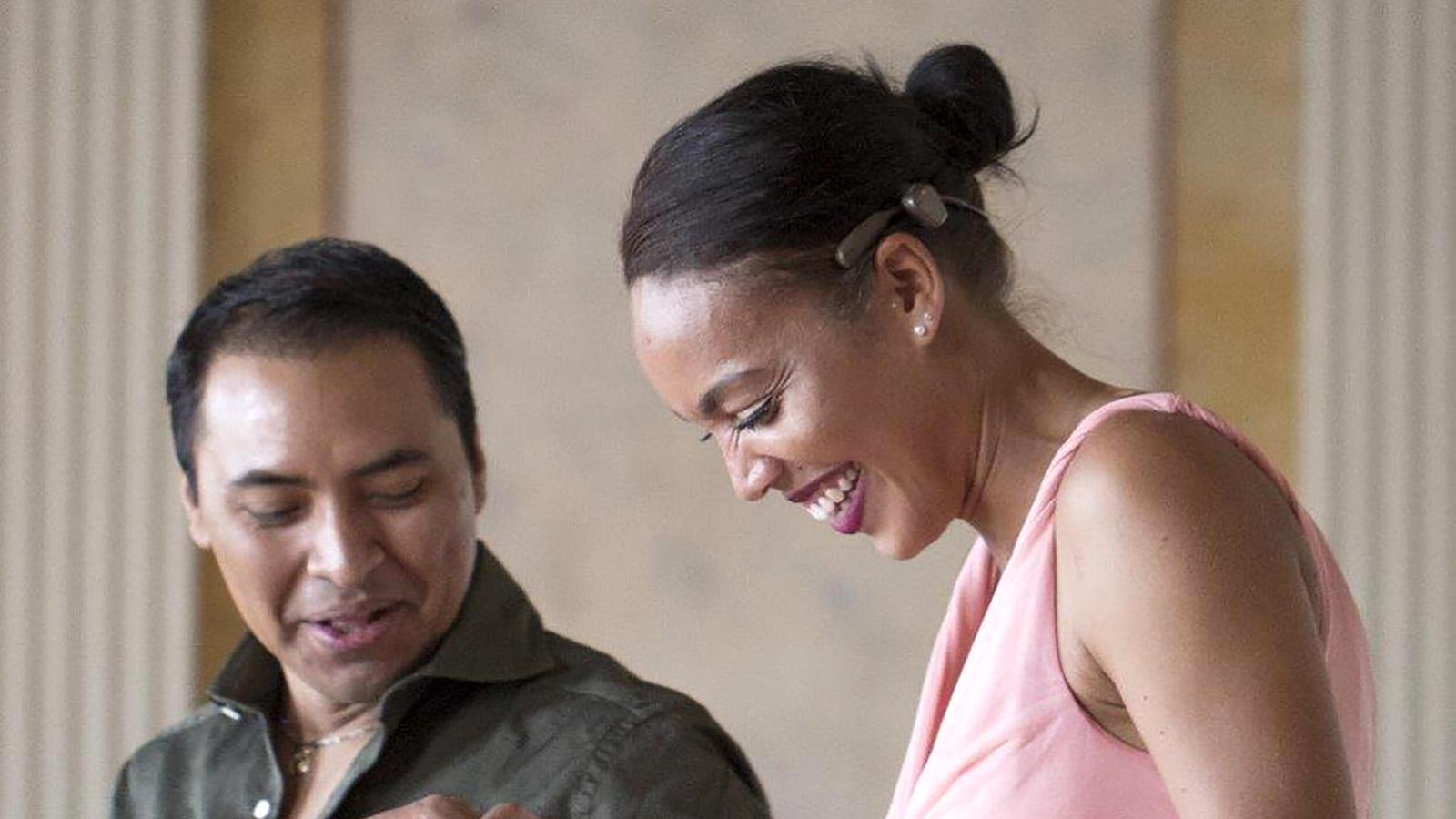Baha® implant reliability
Learn about the Baha® implant, why it’s so reliable and how it provides consistent access to better hearing.

What you'll find on this page
- The important role of the Baha® implant.
- The technology that makes it so reliable.
The role of the Baha implant
Your Baha implant sits in the bone behind your ear. It’s your pathway to sound and it forms the foundation of our Baha System.
"Getting the Baha System was a life-changing experience. Sounds weren't just louder, they were clearer. It was incredible."
John K, Cochlear™ Baha® recipient, USA
Designed to help you hear
The latest Baha implant, the BI300, is made of titanium and features TiOblast surface technology. Unlike conventional titanium, this unique surface promotes stability in the bone by creating a tight integration with the bone.
We designed this implant to promote faster and stronger integration with the bone.
Proven reliability
The BI300 delivers a 99% reliability rate, which means that the implant will remain stable for years to come. 1-4
Together, the design, dimensions and characteristics of the BI300 implant have proven reliability through long-term clinical use.

Disclaimer
Please seek advice from your health professional about treatments for hearing loss. Outcomes may vary, and your health professional will advise you about the factors which could affect your outcome. Always follow the directions for use. Not all products are available in all countries. Please contact your local Cochlear representative for product information.
For a full list of Cochlear’s trademarks, please visit our Terms of Use page.
Views expressed are those of the individual. Consult your health professional to determine if you are a candidate for Cochlear technology.
References
- den Besten CA, Stalfors J, Wigren S, Blechert JI, Flynn M, Eeg-Olofsson M, Aggarwal R, Green K, Nelissen RC, Mylanus EA, Hol MK. Stability, Survival, and Tolerability of an Auditory Osseointegrated Implant for Bone Conduction Hearing: Long-Term Follow-Up of a Randomized Controlled Trial. Otol Neurotol. 2016;37(8):1077-1083.
- Felton M, Hill-Feltham P, Bruce IA. The role of stability measurements of the Baha(R) system in children. Int J Pediatr Otorhinolaryngol. 2014;78(3):513-516.
- Marsella P, Scorpecci A, D’Eredita R, Della Volpe A, Malerba P. Stability of osseointegrated bone conduction systems in children: a pilot study. Otol Neurotol. 2012;33(5):797-803.
- Wilkie MD, Lightbody KA, Salamat AA, Chakravarthy KM, Luff DA, Temple RH. Stability and survival of bone anchored hearing aid implant systems in post-irradiated patients. Eur Arch Otorhinolaryngol. 2015;272(6):1371- 1376.






